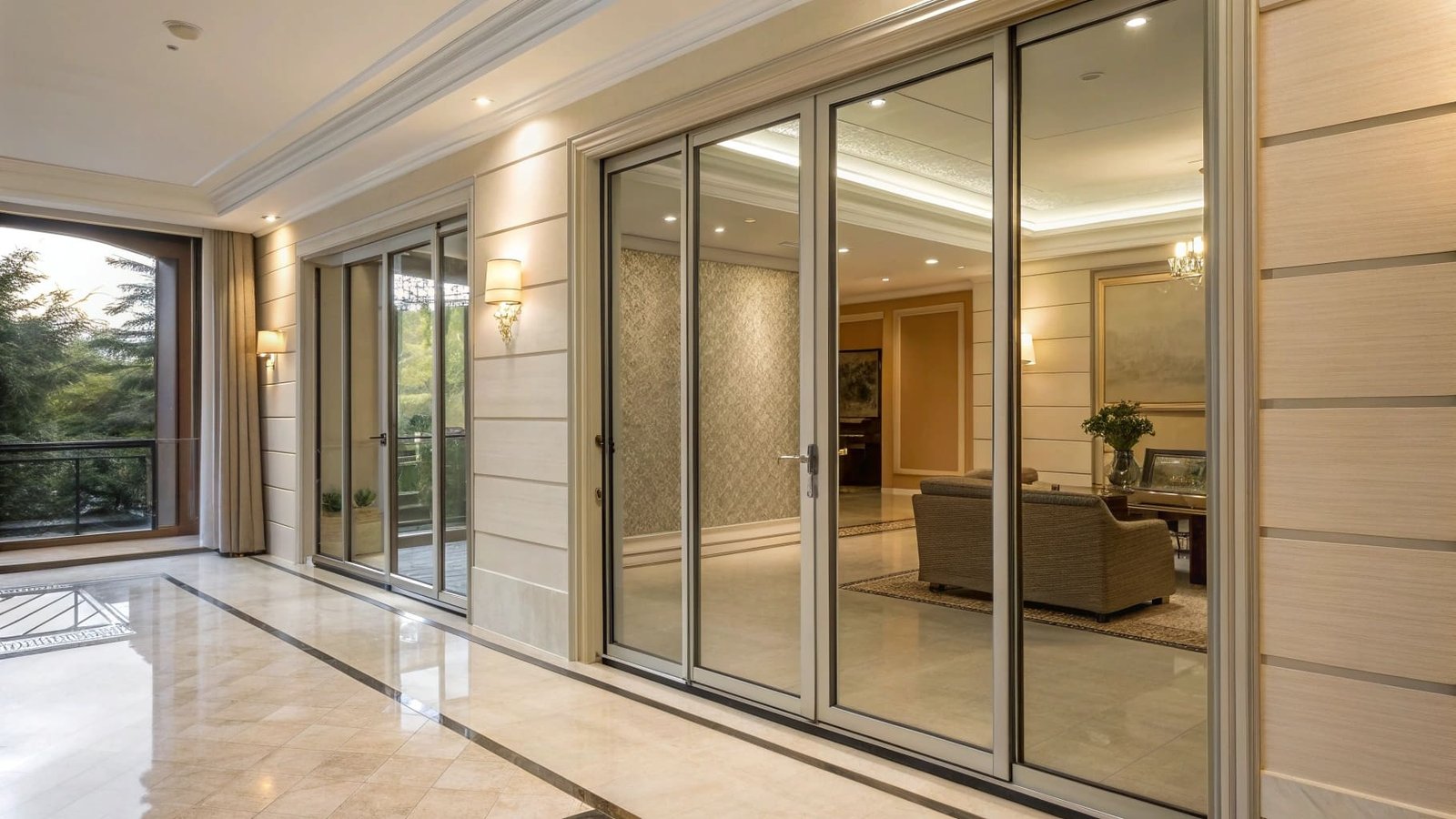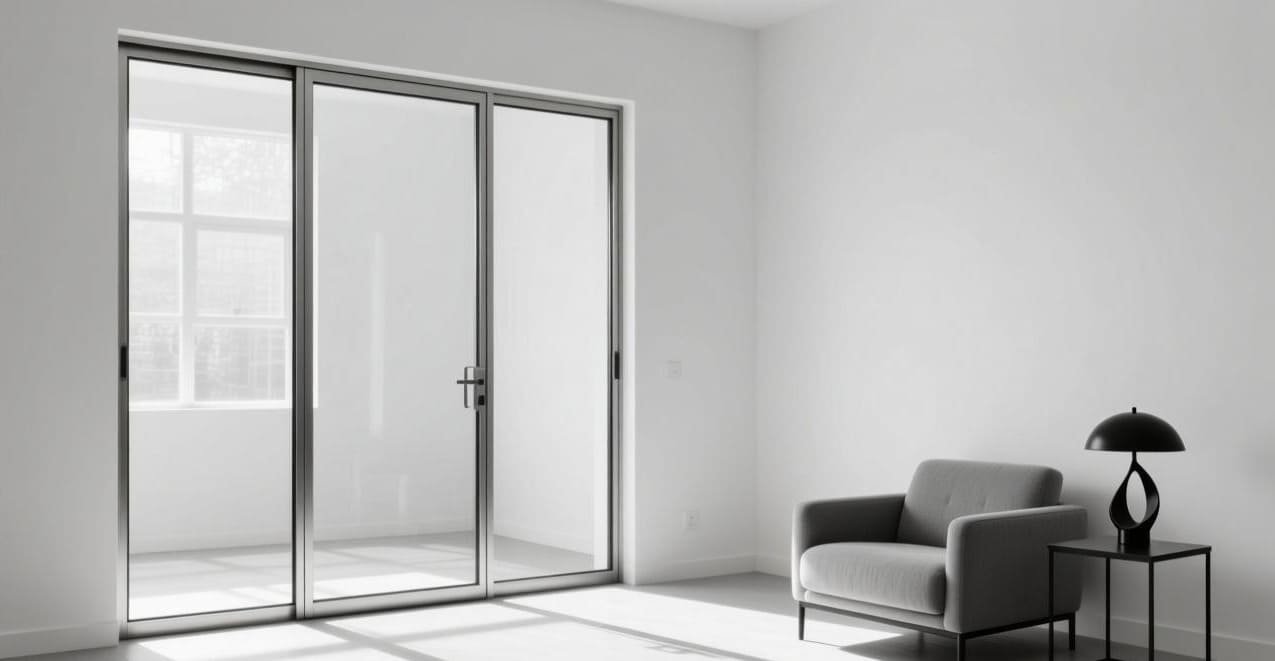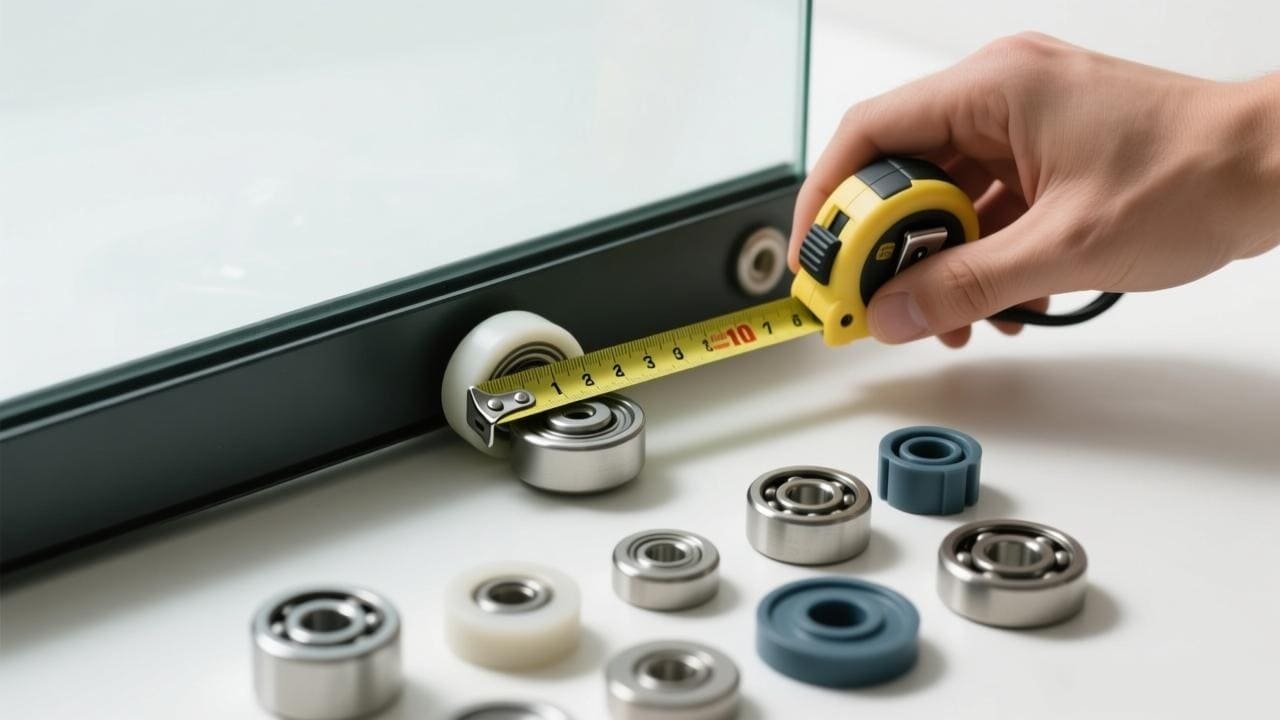Have you ever wondered how to choose the right sliding door hardware for your project? Finding the perfect fit involves more than just picking a style or design.
Selecting the right sliding door hardware requires knowing the door’s weight and size, understanding track systems, and considering design aesthetics and functionality. These factors ensure smooth installation and operation.

It’s key to balance style with function when choosing your sliding door hardware. Each component plays a role, from handles to locks. By considering these aspects, you ensure a successful setup.
What are considerations in the selection of door hardware?
Selecting hardware might seem straightforward, but the details can make or break your project. Think about compatibility, durability, and your overall design goals.
Compatibility with door weight, size, and aesthetics is crucial. Ensure durability by selecting materials that withstand daily use. Align with design goals for a cohesive look and smooth functionality.

Dive deeper into hardware selection. Compatibility starts with understanding your door’s weight and dimensions. Match these with a suitable track system. Consider aesthetics, ensuring your hardware complements the room’s design. Choose durable materials that endure frequent use, providing longevity. Finally, functionality is key; handles and locks must be user-friendly.
What is the sliding door theory?
The concept of sliding doors isn’t only about movement; it’s about maximizing space and efficiency. How can we use these benefits to enhance our environments?
Sliding door theory emphasizes space-saving and efficiency. It uses a track system to allow smooth opening without taking up additional space. This creates versatile and open environments.

The theory showcases how sliding doors utilize compact track systems, saving space by opening sideways. This feature is ideal for small rooms or areas that need optimization. The efficiency isn’t only physical but also aesthetic, contributing to a sleek and modern appearance. Consider how this open style can enhance your living or workspace, merging utility with visual appeal.
What is the trend for door hardware?
Door hardware trends evolve, reflecting shifts in technology and design preferences. What should you keep an eye on to stay ahead in door hardware?
Minimalistic designs and smart technology lead current trends. Focus on sleek appearances and integrated tech solutions for better functionality and aesthetic appeal.

Exploring trends, minimalism stands out with clean lines and unadorned surfaces. This simplicity is visually appealing and practical. Smart technology adds another layer; consider locks with Bluetooth or fingerprint capabilities. These innovations enhance security while offering modern convenience. Pay attention to finishes like matte black or brushed nickel, which are favorites in current design choices.
How to measure for sliding door hardware?
Correct measurements are essential for a successful installation. Don’t underestimate their importance. How can you ensure yours are accurate?
To measure for sliding door hardware, determine the door size and weight. Ensure sizing matches track specifications and verify accurate component placement.

Measure your door’s height, width, and weight accurately. Match these with the track system’s capacity. Double-check specifications to avoid mismatches. Placement of components like rollers and handles requires precision, ensuring seamless function. Precise measuring prevents installation hiccups and guarantees smooth operation, laying the groundwork for successful hardware implementation.
Conclusion
Choosing sliding door hardware involves weight, size, design, and measurement considerations for smooth function and aesthetics.

